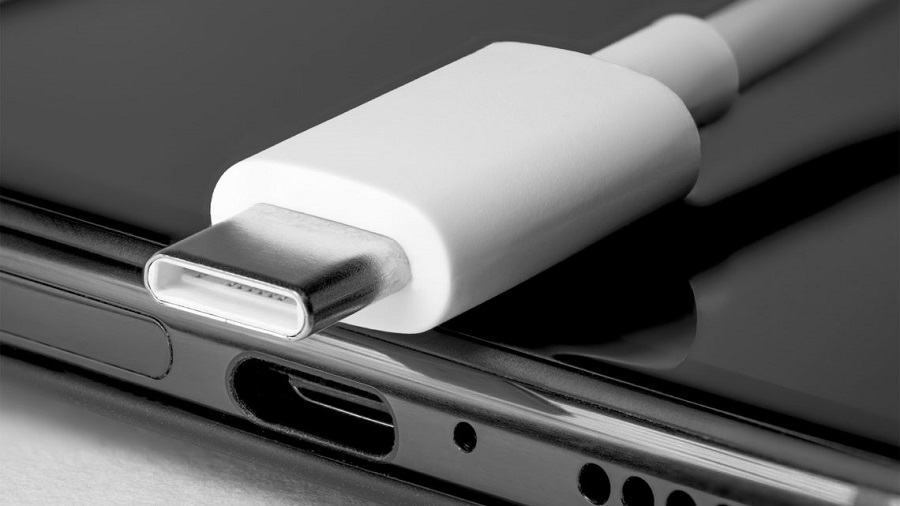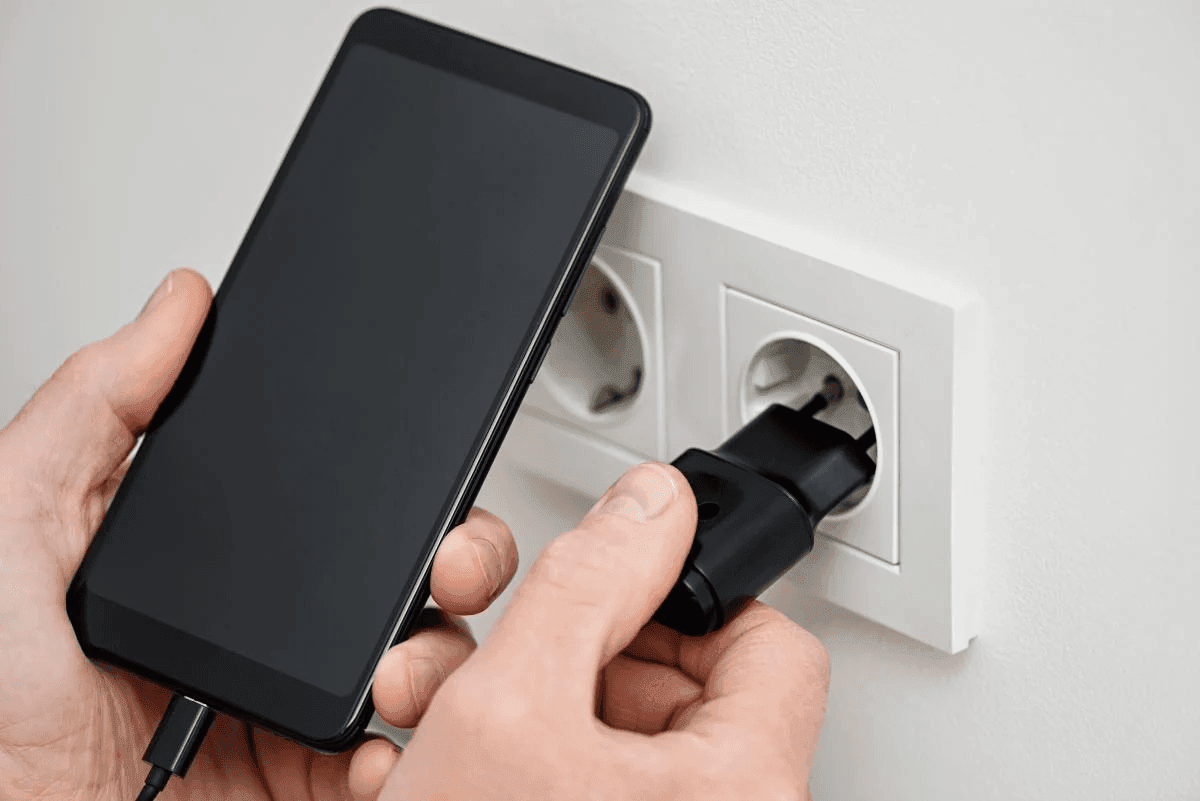If your phone or laptop feels warmer than your coffee whenever it’s plugged in, it isn’t just uncomfortable—it’s slowly stealing performance and lifespan. Heat is the main enemy of lithium-ion batteries and the chips around them, and most of that heat comes from habits you can change tonight. You don’t need to baby your devices or give up fast charging forever. You need a routine that matches the charger and cable to the job, picks smarter times and places to plug in, and keeps background work from cooking the battery while it’s tethered. The payoff is real: steadier performance while you’re using the device, calmer thermals during long calls or updates, and slower battery wear over the months. Think of this as a “cool charge playbook”—quick, repeatable moves that keep energy flowing without turning your phone or laptop into a hand warmer.
Heat is the enemy: know what actually warms your device

Heat is a by-product of moving energy and doing work. The faster you push power into a battery, the more resistance turns some of it into warmth. Add in a busy CPU, bright screen, 5G or Wi-Fi radios, and background syncs, and you’ve built a little space heater. You can’t eliminate heat, but you can decide which sources matter most at any given moment. Charging at high wattage while gaming, navigating, or streaming video does three things you can feel: it slows the charge curve as the device protects itself, it makes the battery’s chemistry spend more time hot, and it triggers thermal throttling that dulls performance. Charging gently when you don’t need speed flips those outcomes. So before you change cables or chase new bricks, remember the first rule: keep power and workload from peaking at the same time. If you separate them—even by choosing a quieter app or dimmer screen—the whole system runs cooler.
Match adapters and cables to the job, not to the marketing number
High-wattage bricks are great when you’re running late; they’re wasteful heat when you’re sitting at a desk. Keep two lanes ready: a fast, certified charger for urgent top-ups and a modest-watt adapter for routine, overnight, or desk charging. Modern silicon chargers are efficient, but the device still heats more when you force the fastest lane. Cables matter just as much. A quality, properly rated USB-C cable with the right e-marker will negotiate power cleanly and avoid the “hot spot” you feel near the connector when a cheap cable resists current. Use short cables for high-watt charging and retire mystery cords that came with random gadgets; the wrong wire is a silent heat source. If you rely on wireless pads, know they are inherently less efficient, and they turn more energy into warmth. Use them for convenience during the day, but prefer a cable when you want a cooler, sustained charge. And avoid piling adapters into hubs or daisy chains; every junction is another place to lose energy as heat.
Build charging windows that fit your day—and your battery
A good battery routine is predictable. Pick two windows when heat won’t bother you and speed isn’t urgent: a nightly window and one daytime top-up. Many phones and laptops now offer “optimized charging” that learns these windows, holding the battery around eighty or ninety percent and finishing just before you wake or leave. Turn that on. If your device lets you set a charge limit, use it for desk days when you’re plugged in for hours; living at eighty percent during long plugged-in sessions keeps heat down and wear slow, while you can still charge to full before travel. Push big background jobs—photo uploads, cloud syncs, OS updates—into those same windows so you aren’t charging hard and working hard at once. A calm screen and idle radios make every milliamp smoother. The difference you’ll notice is not a number, but a feeling: fewer hot pockets of time and a battery meter that’s oddly unchanged by lunch.
Keep it cool while charging: placement, cases, and little habits
Where and how you charge matters. Heat needs somewhere to go. A phone on a soft surface traps warmth; on a hard, open surface it sheds it. If you use a case, try slipping it off during heavy charging or when using a wireless pad—dense materials insulate, and coils add their own heat. On a desk, give the device some air, not a stack of papers or a closed drawer. In cars, avoid wireless pads in hot cabins; plug in with a cable, mount near an AC vent, and keep the screen at a reasonable brightness while navigating. At home, keep bricks and multi-port chargers away from fabric piles that hold heat. Clean your charging port occasionally; lint raises resistance, and resistance is heat. If a device ever feels worryingly hot, pause the charge, close heavy apps, and let it breathe. Short, simple choices—hard surfaces, shade, a case off now and then—drop temperatures more than you’d expect, and cooler charging is healthier charging.
Fast when you must, gentle when you can: levels and habits that stick
Lithium-ion chemistry prefers the middle. You don’t need to hover between twenty and eighty percent obsessively, but try to live there when you can. Small, opportunistic top-ups are easier on both heat and wear than deep discharges followed by long, hot charges. If you must fast-charge, do it to a useful point—say fifty or sixty percent—and then let a lower-watt brick finish the job while you work. Avoid heavy use during the hottest part of the charge curve; a quick airplane mode or screen-off break during the first minutes of a high-watt session lets the battery jump ahead with less heat. If you’re storing a device for weeks, park it near half charge in a cool, dry place and power it on once in a while. And if you notice erratic percentage reporting, let the device run down gently and then charge it uninterrupted once; that calibrates the meter, not the chemistry, and helps the system predict the curve more accurately, which in turn avoids unnecessary warm “top-off” behavior.
Laptops and tablets: steady power without cooking the pack
Bigger batteries invite longer plugged-in sessions, which can hold heat if you aren’t thoughtful. Use the platform’s battery health features to cap charge during desk time and finish to full only when you actually need the runway. Place the machine on a stand or at least on its feet so air can pass under the chassis; flat on a blanket is a slow bake. If your laptop lets you choose power modes, prefer a balanced profile while charging; it keeps boost clocks from spiking constantly, which reduces heat and keeps the charger in an easier part of its curve. External displays and hubs add load; plug them into powered docks to keep the laptop from back-feeding everything, and prefer a single high-quality USB-C charger matched to the machine’s real draw rather than an overkill brick that invites heat. When exporting video or building code, let the machine finish its sprint before you plug in at high wattage, or at least give it a minute of cool-down first. These tiny sequencing choices are the difference between a warm keyboard and a hot one.
Troubleshooting and safety: know the signs, keep a calm chain

A safe charge is a predictable charge. If a device or charger smells odd, swells, or feels scorching rather than warm, stop using it and replace the hardware. Stick to certified chargers and cables from reputable makers; anonymous bargains often skimp on components that limit heat and protect against faults. Keep a simple, stable chain: device, quality cable, known-good adapter, and a wall outlet that isn’t a spaghetti of extensions. After firmware or OS updates, glance at your battery and charging settings; some toggles reset to “fast everything” and bring heat back. Review your habit plan once a quarter: are you still using wireless pads in the hottest places, still stacking heavy work onto charge windows, still leaving cases on during long sessions? A two-minute check keeps the benefits you earned. Finally, trust your hands. If tonight’s charge feels much hotter than last week’s with the same setup, something changed—apps, cable, outlet—and it’s worth a quick swap to isolate it.

